The impact of regional organ sharing and allocation in the UK Northern Liver Alliance (NLA) on waiting time to liver transplantation and waiting list survival
Abdullah K Malik, Steven Masson, Elisa Allen, Murat Akyol, Andrew Bathgate, Mervyn Davies, Ernest Hidalgo, Mark Hudson, James Powell, Agne Zarankaite, Derek M Manas
On behalf of the Northern Liver Alliance (NLA)
Background
The Northern Liver Alliance (NLA) is a supra-regional allocation system for patients at 3 UK liver transplant centres (Newcastle, Edinburgh and Leeds). Patients with a UKELD score62 (top-band) are registered on a common waiting list (WL) and prioritised by UKELD for DDL allocation. DDLs are shared between the centres, with an organ ‘payback’ scheme. We investigated whether the NLA improved WL survival and waiting time (WT) to transplantation, and what impact the scheme had on non-top-band patients.
Methods
Data was retrospectively extracted from the NHSBT database from August 2013 to December 2016. The King’s College and Cambridge liver units were used for comparison. The Kaplan-Meier method was used to estimate WL survival and median WT to transplant, with the log-rank test used to make comparisons. The Cox proportional-hazards model was used to ascertain the impact of WT on post-transplant survival in top-band patients.
Results
WL survival was no different at NLA centres compared to non-NLA centres for top-band patients (1-year survival 62.9 vs. 64.6%, respectively; p=0.999). WT was significantly lower at NLA centres compared to non-NLA centres for top-band patients (23 vs. 99-days, respectively; p<0.001). WL survival for non-top-band patients was no different (117 vs. 192-days, respectively; p=0.999). WT did not impact 3-year adjusted post-transplant survival (p=0.712).
WL survival was no different at NLA centres compared to non-NLA centres for top-band patients (1-year survival 62.9 vs. 64.6%, respectively; p=0.999). WT was significantly lower at NLA centres compared to non-NLA centres for top-band patients (23 vs. 99-days, respectively; p<0.001). WL survival for non-top-band patients was no different (117 vs. 192-days, respectively; p=0.999). WT did not impact 3-year adjusted post-transplant survival (p=0.712).
Conclusions
The NLA did not improve WL survival despite a significantly shorter WT. Non-top-band patients did not experience inferior survival, demonstrating that prioritisation by severity does not adversely affect survival. The NLA achieved its aim of transplanting patients with the greatest need.
